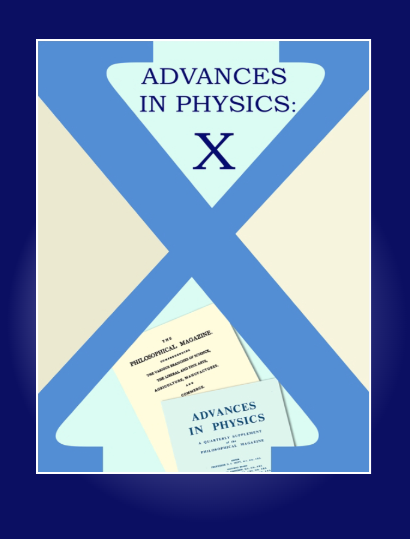Second order nonlinear frequency generation at the nanoscale in dielectric platforms
IF 10.8
2区 物理与天体物理
Q1 PHYSICS, MULTIDISCIPLINARY
引用次数: 4
Abstract
ABSTRACT Nonlinear frequency generation at the nanoscale is a hot research topic which is gaining increasing attention in nanophotonics. The generation of harmonics in subwavelength volumes is historically associated with the enhancement of electric fields in the interface of plasmonic structures. Recently, new platforms based on high-index dielectric nanoparticles have emerged as promising alternatives to plasmonic structures for many applications. By exploiting optically induced electric and magnetic response via multipolar Mie resonances, dielectric nanoelements may lead to innovative opportunities in nanoscale nonlinear optics. Dielectric optical nanoantennas enlarge the volume of light–matter interaction with respect to their plasmonic counterpart, since the electromagnetic field can penetrate such materials, and therefore producing a high throughput of the generated harmonics. In this review, we first recap recent developments obtained in high refractive index structures, which mainly concern nonlinear second order effects. Moreover, we discuss configurations of dielectric nano-devices where reconfigurable nonlinear behavior is achieved. The main focus of this work concerns efficient Sum Frequency Generation in dielectric nano-platforms. The reported results may serve as a reference for the development of new nonlinear devices for nanophotonic applications. GRAPHICAL ABSTRACT介质平台纳米级二阶非线性频率产生
摘要纳米尺度上的非线性频率产生是纳米光子学中一个越来越受到关注的研究热点。亚波长体积中谐波的产生在历史上与等离子体结构界面中电场的增强有关。最近,基于高折射率电介质纳米颗粒的新平台已成为许多应用中等离子体结构的有前途的替代品。通过多极Mie共振利用光学感应的电和磁响应,介电纳米元件可能为纳米非线性光学带来创新机会。电介质光学纳米天线相对于其等离子体对应物扩大了光-物质相互作用的体积,因为电磁场可以穿透这些材料,因此产生高通量的谐波。在这篇综述中,我们首先回顾了高折射率结构的最新进展,主要涉及非线性二阶效应。此外,我们还讨论了实现可重构非线性行为的介电纳米器件的配置。这项工作的主要重点是在介电纳米平台中有效地产生和频。所报道的结果可为开发用于纳米光子应用的新型非线性器件提供参考。图形摘要
本文章由计算机程序翻译,如有差异,请以英文原文为准。
求助全文
约1分钟内获得全文
求助全文
来源期刊

Advances in Physics: X
Physics and Astronomy-General Physics and Astronomy
CiteScore
13.60
自引率
0.00%
发文量
37
审稿时长
13 weeks
期刊介绍:
Advances in Physics: X is a fully open-access journal that promotes the centrality of physics and physical measurement to modern science and technology. Advances in Physics: X aims to demonstrate the interconnectivity of physics, meaning the intellectual relationships that exist between one branch of physics and another, as well as the influence of physics across (hence the “X”) traditional boundaries into other disciplines including:
Chemistry
Materials Science
Engineering
Biology
Medicine
 求助内容:
求助内容: 应助结果提醒方式:
应助结果提醒方式:


